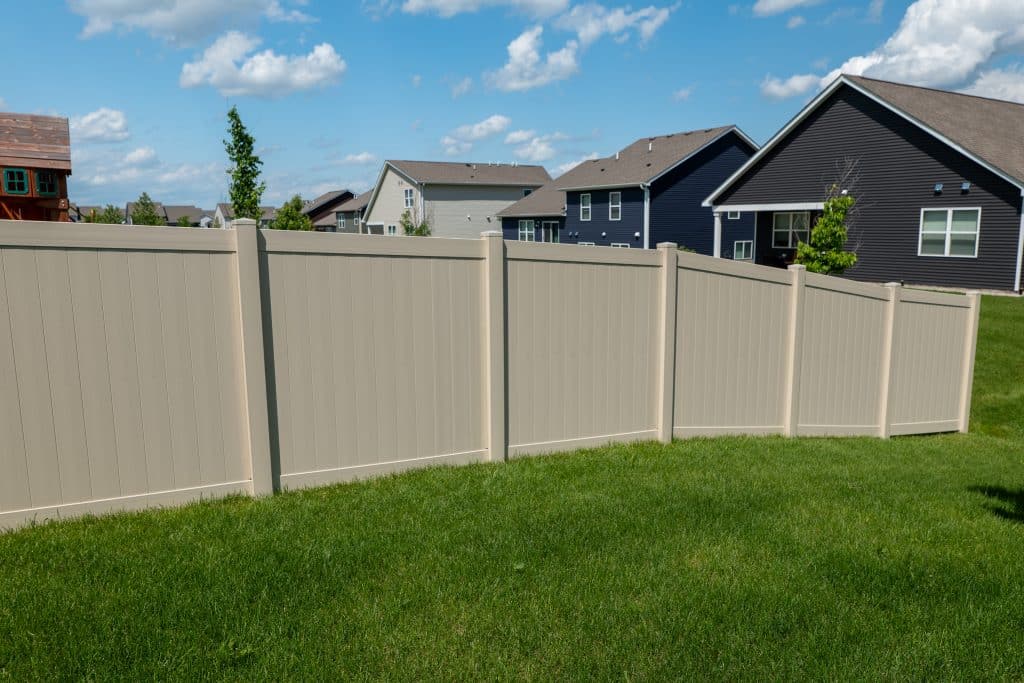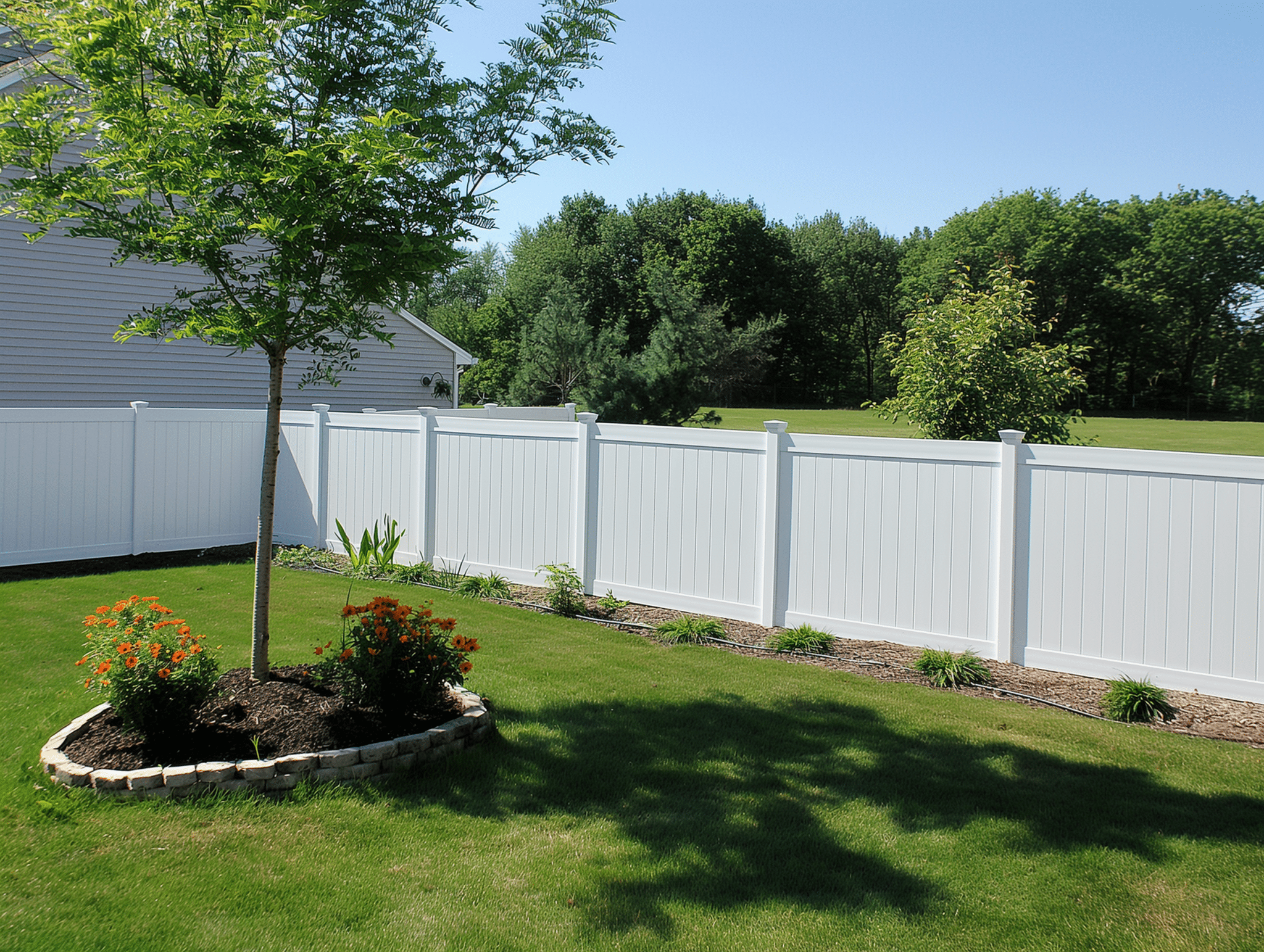Fence height is a crucial element when planning out your fencing project. From what type of material to buy to how much, height determines much of the building preparation. Here is everything you need to know to choose the right fence height and get the project started.
What Are Common Fence Heights?
In general, fences range from about three feet tall to about eight feet tall. Variations exist, of course, especially for commercial applications and areas where more secure fencing needs to keep out animals and vandals.
Plus, some fences can range higher because of property lines neighboring highways and freeways. And, depending on the type of fence and materials you choose, you might encounter other limitations for the build.
Decorative Fencing
Decorative fencing typically refers to fence heights around three to four feet. Ornamental fences tend to be for looks rather than keeping pets or children in (or out).
Common materials for decorative fences include wrought iron, tubular bars, vinyl panels, and other metals.
Privacy Fences
Privacy fencing is typically the highest option available for residential areas. The best fence height for privacy fencing is tall enough to block your neighbors’ line of sight into your windows and front yard.
At the same time, privacy fence construction often requires solid panels, which are ideal for blocking anyone from peeping in.
Privacy fencing is available in wood, vinyl, and even chain link—you can use fence slats to fill in the gaps and create a more enclosed yard.
Wood and vinyl construction are often preferable for privacy fences because of the noise blocking properties of the materials. If you live near a busy road, highway, freeway, or business, you might want to consider a thicker fence for better sound insulation.

Decorative versus Privacy Fences
Choosing a fence style may dictate how tall you can build. For example, a decorative fence may only reach four feet tall. In contrast, a privacy fence—governed by specific regulations in your city—may stand eight feet high.
Because the purpose of a decorative fence is only to enhance your property’s curb appeal, there’s no reason to scale it higher. In contrast, privacy fencing aims to block people from seeing in and, therefore, must be taller.
Pool Fences
Pool fences are a unique type of barrier that has severe safety implications. The U.S. Consumer Product Safety Commission provides general guidelines on pool fencing, but the specific laws vary based on where you live.
To ensure optimal safety when installing a pool barrier, consider the CPSC’s recommendations:
- Enclose the pool completely where possible, instead of using a house wall as a side
- Use door alarms if one of the house’s walls make up one side of the barrier
- Build a fence with a minimum height of four feet (five feet or more is preferable—and some jurisdictions mandate it)
- Choose materials that don’t offer footholds and handholds
- Maintain narrow openings to avoid children or pets slipping or climbing through
- Openings in chain link, latticework, and similar designs should measure less than 1 ¾ inches
- Place fencing no higher than four inches from the ground
- Use self-closing or self-latching gates at all entryways
How to Choose the Right Fence Height
An ideal fence height may range between three and eight feet, but there are a handful of factors that go into choosing the perfect height for your project.
Check Local Laws and Regulations
Though most fences fall within a specific height range, local laws are a determining factor in how high you can go. Every city can set its limits, and they have a say in more than just height.
Cities often outline where, how, and for what purpose you can install a fence. For example, municipalities often dictate such guidelines as:
- No fences within a specific number of feet from the property line
- Neighbors must agree on fence installations
- The city must approve the fence design beforehand
- Fencing cannot block utility company or city access
Towns might also mandate specific types of fences for different kinds of property. For example, on a corner lot, you may not be able to erect a fence that’s higher than three feet tall. To ensure visibility at intersections, cities often mandate shorter fence styles.
If there is a stop sign or traffic light near your house, you may also face restrictions on fencing materials and type. In many areas, fences cannot exceed three feet in height, and they also must allow air to flow freely through.
Common Regulations for Fence Building
Requirements vary widely, depending on each city and the size and layout of housing developments. But in general, the regulations for fence building depend on factors like:
- The overall visibility of your lot and the street(s) adjoining it
- The presence of shrubs, trees, and any other obstructions to visibility
- Whether your lot is irregularly shaped or sloped
- If there is a pool on the property
- How close the neighboring properties/lots are
- Presence (or lack) of sidewalks in front of the home
- Pet or livestock ownership
The best strategy is to consult the city before starting to design or shop for your new fence. Ensuring your plans fit into their guidelines will make the job much easier and less stressful.
Fence Style Options
There are many types of metal fencing styles to choose from, and you can select nearly any design at any height. In many municipalities, you can get away with building a higher fence if you select wood materials. Other times, legislation sets strict height limits no matter what variety of fencing you choose.
Therefore, you should choose a design that suits your home, adds value to the property, and fulfills your city’s minimum requirements. Also consider the costs of installation and upkeep, as many materials tend to weather quickly (such as wood and wrought iron).
Front Yard Versus Back Yard
One top consideration when choosing a fence height is where the barrier will go. Erecting a four-foot-high fence in your back yard doesn’t make much sense—but such a design might be ideal for your front yard.
Similarly, city requirements also vary based on where your fence will go on the property. In general, fences at the rear of your property—not facing the street—can be much taller than barriers in the front yard.
Retaining Walls and Other Materials
Though fence extensions are relatively common, some uncommon fence building scenarios exist. For example, you may need to build a fence on top of a retaining wall. In that case, you need to consult your city building code for specifics to ensure you’re within the set limits.
Next Steps for Fence Installations
The best fence height fits your city’s requirements, enhances the look of your property, and serves the purpose you require of it.
Whether it’s a pool fence to keep children safe, a privacy fence to avoid nosy neighbors, or an ornamental design to add curb appeal to your property, Northland Fence can help with the installation and repair of all fence types.


